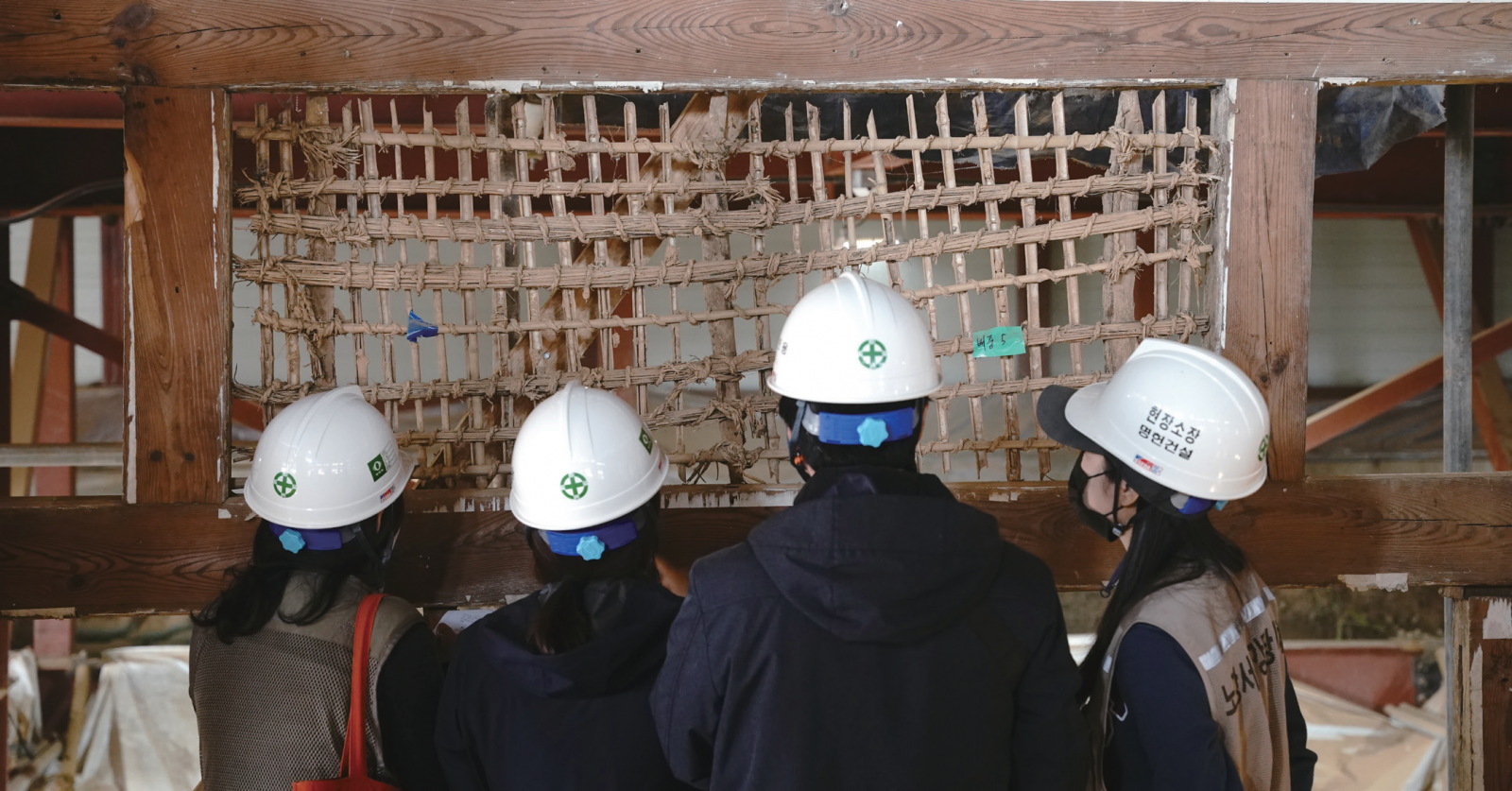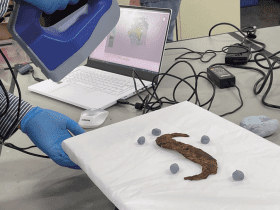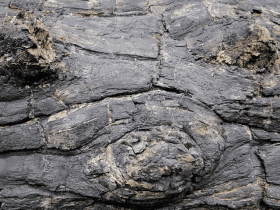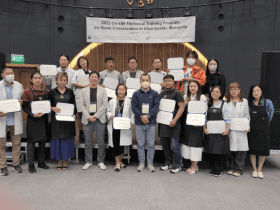Research Division of Architectural Heritage
HONG Eunki
“Research on Nijang1) Technique in Traditional Architecture” is a research initiative with the objective of promoting and utilizing the fading Nijang technique in the domain of architectural heritage dismantling and repair by uncovering its historical traces. The ultimate aim is to ensure the continuity of traditional techniques within architectural heritage practices, leveraging insights obtained through ongoing research.
1) Nijang(泥匠): A master who specializes in the application of materials such as soil, lime to walls, celings and floors in building
Gaining Insights From the Field
At the site of architectural heritage repair and conservation, we documented wall construction materials and methods through verbal explanations and hands-on demonstrations by Nijang craftsmen.
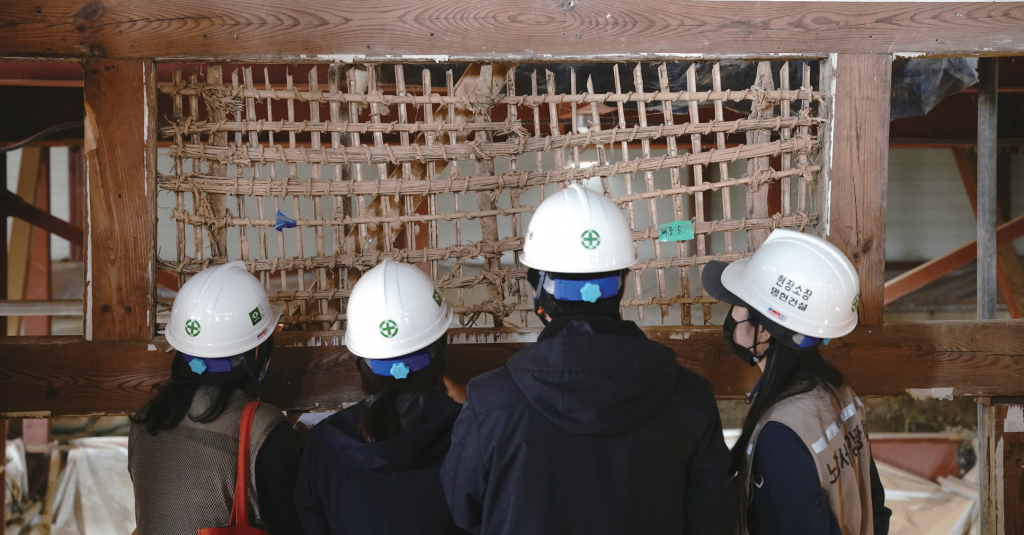



Exploring Historical Records
Uigwe is a book akin to a report that chronicles vital state and royal rituals and events of the Joseon Dynasty. Examples of Uigwe that contain the details of construction work are YeongGeon Dogam Uigwe and Sanleung Uigwe. Our exploration of Uigwe led us to uncover the materials and construction techniques deployed in late Joseon Dynasty building wall construction.
Exploring Traces Discovered In Architectural Heritage
By conducting a field survey at a dismantling and repair site, we discovered traces of historical wall construction and analyzed wall materials, construction techniques, and their changes.
Gaining Insight Into Material Performance Through Scientific Analysis
The wall materials are primarily categorized into “Oeyeokki” materials and wall coatings. “Oeyeokki” materials consist of branches and ropes embedded within the wall, while wall coatings are composed of soil, sand, and straw fiber.
To comprehensively assess the performance of these traditional wall materials, organic and inorganic analyses were conducted. Furthermore, structural experiments were undertaken to assess the load-bearing capacity of the “Junggit” when vertical loads were applied to the wall.







